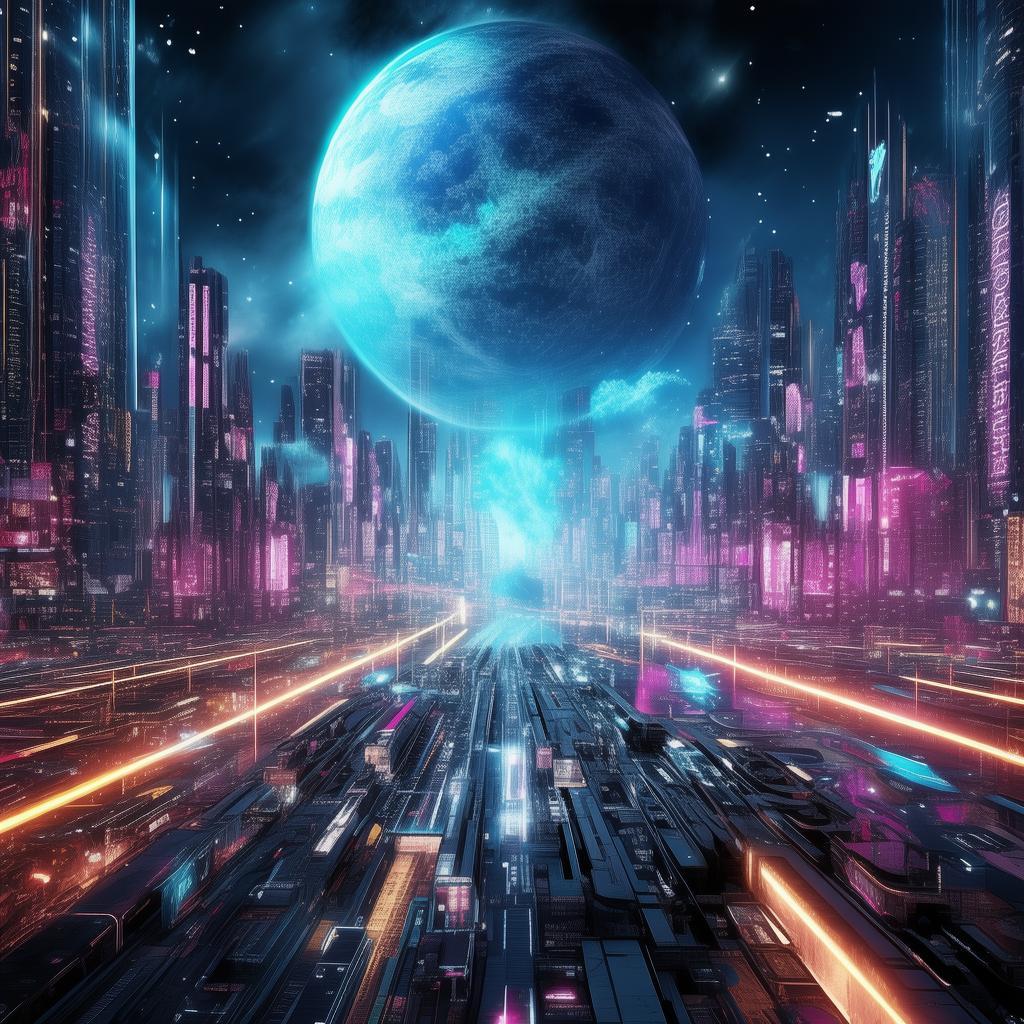Red Dust Harvest
In the year 2147, the red dust of Mars was not just a symbol of the planet's harshness but a testament to humanity's resilience. The Martian colony, known as Valhalla, was a beacon of hope, a testament to what could be achieved when the human spirit met the unyielding Martian terrain. At the heart of this colony was a project that could revolutionize life on the red planet: the Space Station Soils A Martian Farm's Genesis.
Dr. Elena Vasquez stood at the helm of this audacious endeavor. A brilliant geneticist, she had spent her entire career decoding the secrets of Earth's soil and plants, hoping to adapt them to the Martian environment. The Genesis project was her magnum opus, a fusion of her knowledge, ambition, and the dreams of a humanity that craved a second home among the stars.
The station was a marvel of engineering, a floating oasis in the vastness of space, connected to Mars by a tenuous umbilical cord. Inside, rows of green plants swayed gently in the artificial breeze, their roots buried in a nutrient-rich mix of Martian soil and Earthly amendments. It was here that the first crops were grown, the first breath of life in the Martian soil.
Elena's assistant, Dr. Marco Rodriguez, was as passionate about the project as she was. "We're not just growing food," he said, his eyes gleaming with excitement. "We're giving life to this barren world."
But the success of the Genesis project was far from guaranteed. The Martian soil was inhospitable, full of toxic chemicals and radiation. The plants required constant monitoring and care, and even then, they were not guaranteed to thrive. The colony's survival hinged on the success of this farm.
One day, as Elena was reviewing the latest data from the farm, she noticed an anomaly. The plants were growing faster than expected, their leaves a deep, vibrant green. She couldn't help but smile. This was a sign of progress, a promise of a future where Mars would no longer be a place of desolation but a place of life.
But as the plants flourished, so did the colony's population. The demand for food grew exponentially, and the farm struggled to keep up. Elena knew she had to expand the project, to increase the yield and ensure the colony's survival. She turned to genetic engineering, blending the DNA of Earth's most resilient crops with the Martian flora.
The process was arduous, fraught with ethical dilemmas and technical challenges. Elena and Marco worked tirelessly, their nights filled with data analysis and experiments. They were not just scientists; they were guardians of a new world.
As the months passed, the genetic modifications began to show their potential. The plants were more robust, more resistant to the Martian environment. The yield was incredible, more than the colony could consume. The surplus was a beacon of hope, a sign that humanity could thrive on Mars.
But then, the crisis struck. A sudden radiation spike from Mars' surface threatened the station and the colony. The plants began to wither, their leaves turning yellow and dropping off. The air grew thick with the scent of decay. Elena and Marco knew they had to act quickly, or the entire colony would face starvation.

They delved deeper into the data, searching for the cause. It was then that they discovered the truth: the radiation spike was not a natural event but a result of their genetic engineering. The modifications had made the plants more resilient, but at a cost. They were absorbing the radiation, converting it into energy, but at the expense of their own health.
Elena and Marco were faced with a difficult choice. They could halt the project, risking the colony's survival, or they could continue, hoping that they could find a way to mitigate the damage. They chose to continue, knowing that the colony's survival was at stake.
The days turned into weeks, and the plants continued to wither. The colony was on the brink of collapse. But then, a breakthrough. Elena and Marco discovered a way to counteract the radiation's effects, to stabilize the plants and allow them to continue growing.
The colony was saved, but at a cost. Elena and Marco had become the caretakers of a new, artificial life form. They had become the architects of a world that was no longer purely natural, but a fusion of human ingenuity and Martian resilience.
As the plants began to recover, the colony's morale soared. The people of Valhalla realized that they were not just survivors but pioneers, the first to establish a lasting presence on Mars. Elena stood on the observation deck, looking out at the red dust and the green oasis below. She knew that their journey had only just begun.
The Genesis project had not only provided the colony with food but had also given them hope. It had shown that humanity could adapt, could overcome the challenges of a new world. And as Elena looked out at the horizon, she knew that the red dust of Mars was not just a symbol of adversity but a promise of a future filled with possibilities.
Red Dust Harvest is a story of survival, of innovation, and of the unyielding human spirit. It is a tale of how we can adapt, how we can overcome, and how we can create a new world, even in the face of adversity.
✨ Original Statement ✨
All articles published on this website (including but not limited to text, images, videos, and other content) are original or authorized for reposting and are protected by relevant laws. Without the explicit written permission of this website, no individual or organization may copy, modify, repost, or use the content for commercial purposes.
If you need to quote or cooperate, please contact this site for authorization. We reserve the right to pursue legal responsibility for any unauthorized use.
Hereby declared.









